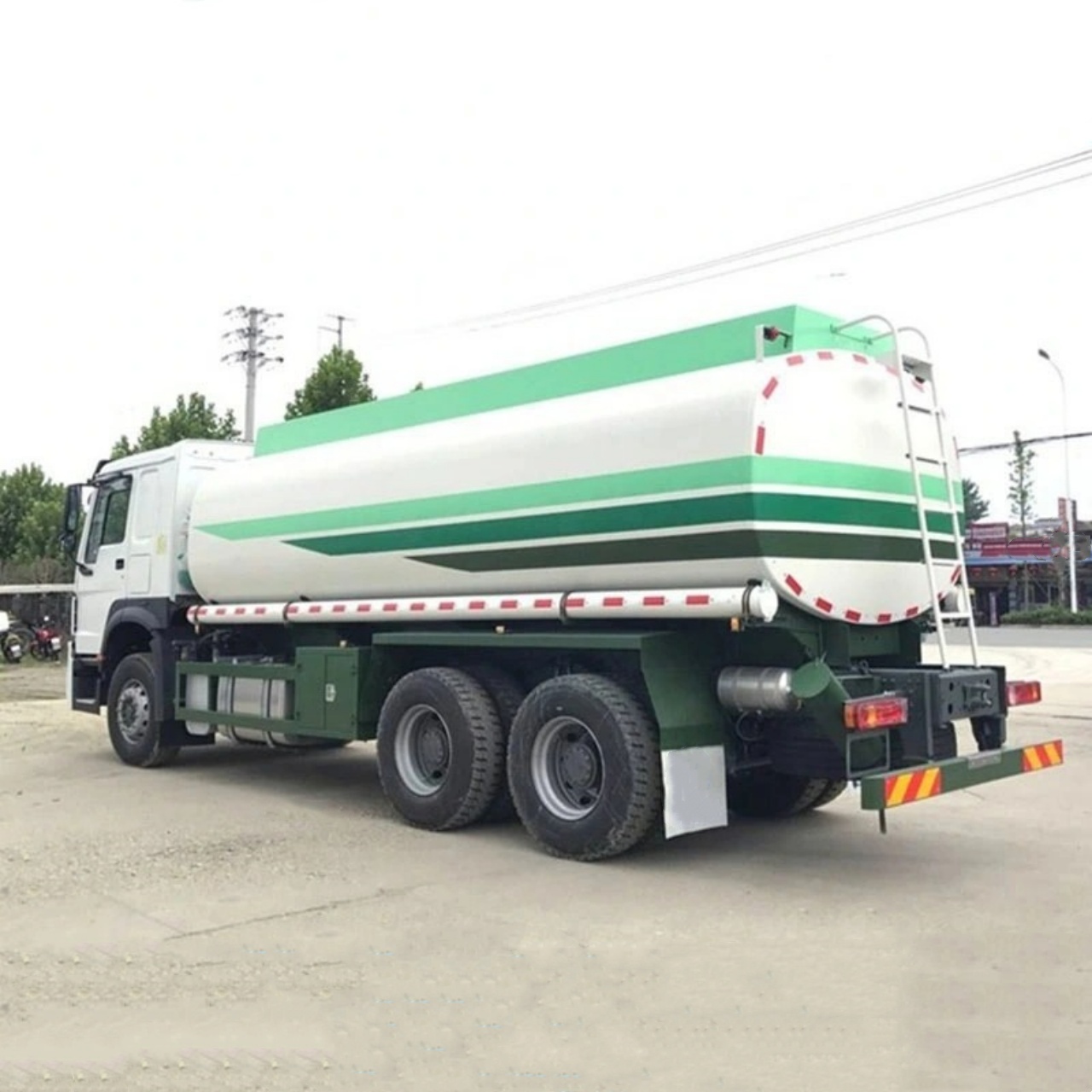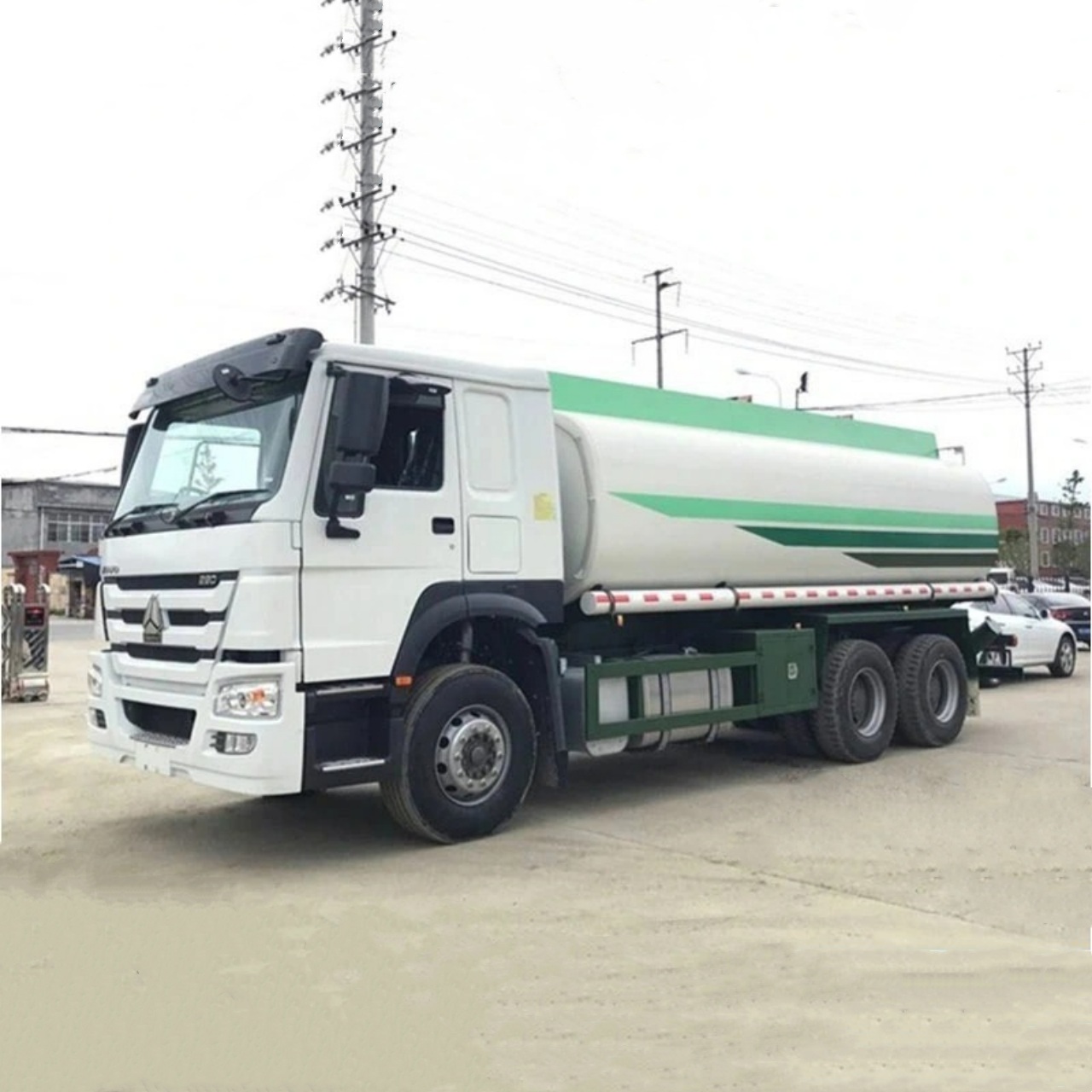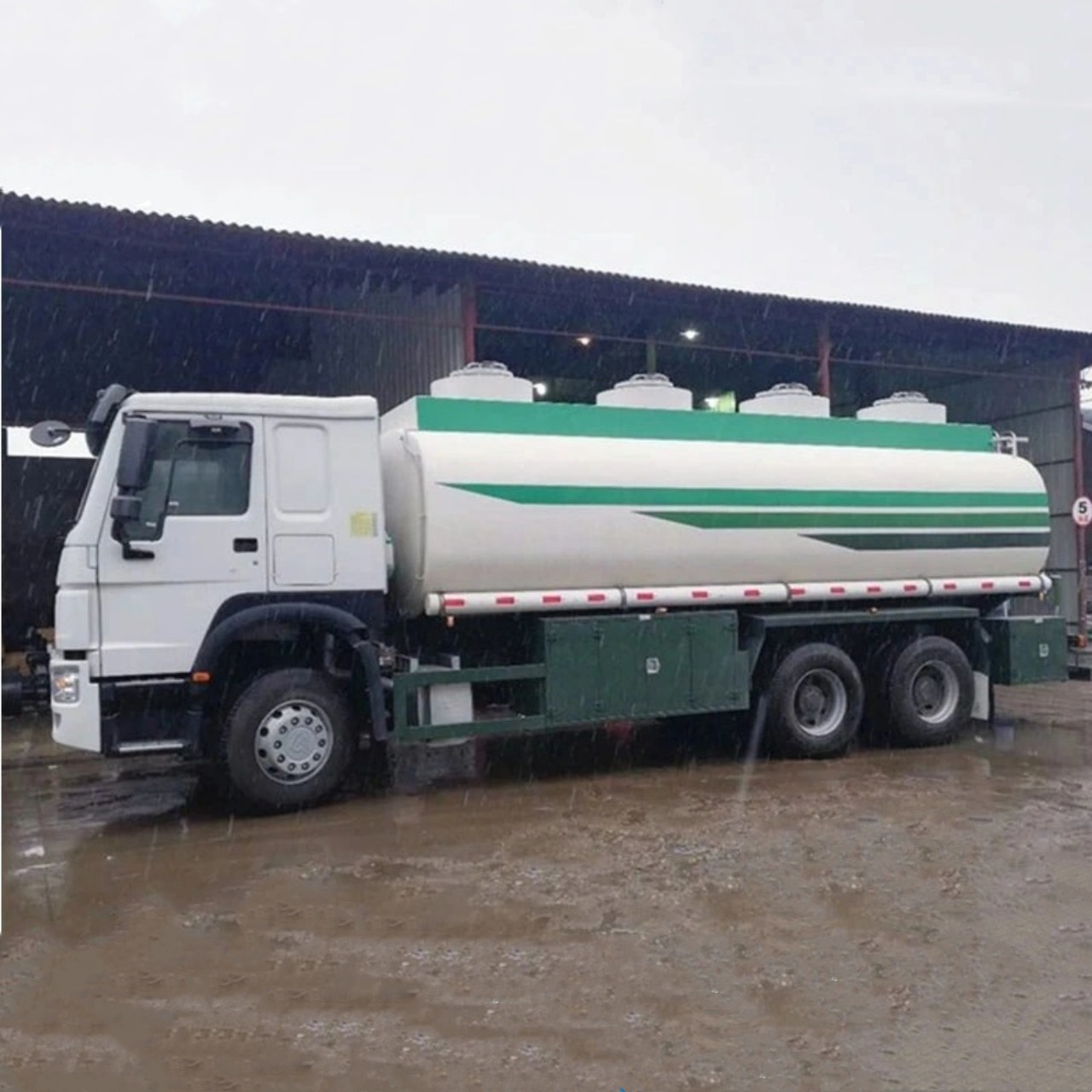Chemical tankers are specialized vessels designed for transporting liquid chemicals in bulk. These ships are essential in the global supply chain, enabling the movement of a wide range of hazardous and non-hazardous chemicals between manufacturers and consumers across continents. Due to the diverse nature of the substances they carry, chemical tankers are built to strict standards to ensure safety, environmental protection, and efficiency.
Chemical tankers are broadly categorized into 3 main types, each designed according to the International Maritime Organization’s (IMO) standards and based on the level of hazard associated with the cargo. These three types are Type 1, Type 2, and Type 3 chemical tankers. Each type has specific design and safety requirements, with the most stringent applied to the most hazardous cargoes. Let’s dive deeper into each of these types.
1. Type 1 Chemical Tankers: The Highest Safety Standard
Overview:
Type 1 chemical tankers are designed to carry the most hazardous and potentially dangerous chemicals. These include substances that can pose a significant threat to human health and the marine environment in the event of a leak or spill.
Design Features:
To handle such dangerous cargo, Type 1 tankers must be constructed with the highest level of safety precautions. Some of the features include:
- Double-hull construction: Offers extra protection in case of collision or grounding.
- Segregated cargo tanks: Each tank is completely separate to prevent contamination and reduce the risk of cross-chemical reactions.
- Distance from the ship’s outer shell: Cargo tanks must be located far from the outer hull, usually with more than 1.85 meters of spacing, to minimize the impact of hull damage.
- Advanced ventilation systems and temperature control to maintain chemical stability.
- Highly corrosion-resistant materials, often stainless steel, are used in tank construction.
Cargo Examples:
Type 1 tankers are used to transport chemicals such as:
- Acids (e.g., nitric acid, sulfuric acid)
- Highly toxic organics
- Flammable or explosive substances
- Marine pollutants with high toxicity
Limitations:
Due to their robust and complex design, Type 1 tankers have fewer cargo tanks and less cargo capacity compared to other types. This is a trade-off for enhanced safety.
2. Type 2 Chemical Tankers: Moderate Hazard Transport
Overview:
Type 2 chemical tankers are designed to carry moderately hazardous substances. While these chemicals still pose risks to human health and the environment, they are not as dangerous as the ones transported by Type 1 vessels.
Design Features:
These ships have less stringent requirements than Type 1, but still incorporate many safety features:
- Double-hull construction is still required, though the spacing between cargo tanks and the hull may be less.
- Segregated tanks, but fewer restrictions on tank placement.
- Use of coated mild steel or stainless steel for tank linings.
- Often equipped with inert gas systems and ventilation to manage flammable vapors.
Cargo Examples:
Type 2 tankers commonly carry:
- Methanol
- Ethanol
- Xylene
- Vegetable oils
- Certain organic and inorganic chemicals
Flexibility:
Because of their balance between safety and cargo capacity, Type 2 tankers are widely used and make up a significant portion of the global chemical tanker fleet.
3. Type 3 Chemical Tankers: Low Hazard Cargo
Overview:
Type 3 chemical tankers are built to transport chemicals that are considered the least hazardous. These are substances that present minimal risks to people and the environment, even in the case of a spill.
Design Features:
Type 3 tankers have the least restrictive design standards of the 3 types. Features include:
- Single or double-hull construction, depending on the chemical and regulations.
- Less spacing between the cargo tank and outer hull.
- Use of coated carbon steel for tank walls.
- Simplified ventilation and pumping systems.
Cargo Examples:
- Clean petroleum products (e.g., gasoline, diesel)
- Vegetable oils and animal fats
- Molasses
- Low-toxicity solvents and diluents
Cost Efficiency:
These tankers are more cost-effective to build and operate and are widely used for regional shipping or short sea routes.
Regulatory Framework and Classification
The classification of chemical tankers into Types 1, 2, and 3 is based on the IMO’s International Bulk Chemical Code (IBC Code), which governs the design, construction, and equipment of chemical tankers. This code ensures that tankers are built and operated safely, according to the nature of the cargo they carry.
The United Nations’ Globally Harmonized System (GHS) and MARPOL (Marine Pollution) Annex II also contribute to regulations and guidelines affecting chemical transportation at sea.
Choosing the Right Type of Chemical Tanker
Shipowners and cargo operators must carefully assess the nature of the chemical being transported to select the appropriate tanker type. Key factors include:
- Toxicity and flammability of the cargo
- Environmental hazards
- Reactivity with other substances
- Storage temperature and pressure requirements
Choosing the right tanker ensures not only compliance with international laws but also minimizes risk to the crew, vessel, cargo, and marine ecosystems.
Conclusion
Chemical tankers are a vital link in the global chemical supply chain, and their design is a testament to the industry’s commitment to safety and environmental stewardship. The 3 main types — Type 1, Type 2, and Type 3 — each serve a specific purpose, with varying levels of hazard protection.
- Type 1 tankers are the most advanced, built to carry highly dangerous chemicals.
- Type 2 tankers balance safety and capacity for moderately hazardous substances.
- Type 3 tankers provide an economical solution for transporting low-risk chemicals.
Understanding these distinctions is essential for anyone involved in maritime shipping, chemical logistics, or environmental protection. By adhering to the correct classifications and safety protocols, the industry can continue to support global commerce while preserving the safety of life and the health of our oceans.





